The Warble
The Official Blog of Karen Ullo
Books for the Bedridden
Welcome, November. Such a beautiful month. The temperature has finally dropped below Oppressive, you’ve dared to don a sweater, and you’ve driven to the grocery store in search of cranberry-flavored happiness. And popsicles, because tomorrow will be Oppressive again, even though Thursday’s low is supposed to drop below freezing, and there might be sleet. That will all be gone by Saturday, which will be filled with golden crispness like a postcard sent by the goddess of Fall. You won’t be able to enjoy it, however, because you will be bedridden by fever, body aches, and searing sinus pain brought on by the wicked roulette wheel of weather that is November. So you might as well get your bookshelf prepared.
For me, reading when I’m sick is an entirely different experience from reading when I’m healthy. The small part of my brain that is not infected tells me that I should challenge myself, dive into the works of exciting new authors, brave thousand-page tomes of philosophy because, hey, what better time to catch up than while I’m stuck in bed? But my germ-infested body quickly slaps that part of my brain and says, “Just watch a House Hunters marathon, you moron.” The compromise between Ambitious Me and Sick Me is usually to read books I’ve read a thousand times before. It’s healthier than worrying about a stranger’s lack of amenities at a postage-stamp flat in Bombay, but not as energy-intensive as actual reading. Here are a few favorites for cold and flu season from my library. What are yours?
- The Chronicles of Narnia
 Now is not the time to finish the dissertation you never wrote about the not-so-hidden Christian typologies and ontologies and whatever other –ologies you meant to cram into it. We all know Aslan is Jesus, and right now, it doesn’t matter. What matters is that there’s a giant talking lion and a lamp-post tree and a ship that can sail to the edge of the world, and time doesn’t make any sense, and you can get to this place from England as long as you have a magic wardrobe or a freaky painting or some rings made by a crazy uncle. It’s exactly where you want to be after swigging NyQuil but still not getting any sleep.
Now is not the time to finish the dissertation you never wrote about the not-so-hidden Christian typologies and ontologies and whatever other –ologies you meant to cram into it. We all know Aslan is Jesus, and right now, it doesn’t matter. What matters is that there’s a giant talking lion and a lamp-post tree and a ship that can sail to the edge of the world, and time doesn’t make any sense, and you can get to this place from England as long as you have a magic wardrobe or a freaky painting or some rings made by a crazy uncle. It’s exactly where you want to be after swigging NyQuil but still not getting any sleep.
There are few things quite as restorative as a good romance novel, and this is the mother of them all. “Be not alarmed, Madam, on receiving this letter, by the apprehension of its containing any repetition of those sentiments, or renewal of those offers, which were last night so disgusting to you.” Sigh. It’s hard to go on feeling sick in a world where even jilted lovers sound like poets.
Let’s face it – you desperately want to pay a visit to Madam Pomfrey, but you don’t want to put up with Quirrel, Lockhart, or Umbridge to get there.
“Listen:
“Billy Pilgrim has come unstuck in time.
“Billy has gone to sleep a senile widower and awakened on his wedding day. He has walked through a door in 1955 and come out another one in 1941. He has gone back through that door to find himself in 1963. He has seen his birth and death many times, he says, and pays random visits to all the events in between.”
Billy Pilgrim makes sense when you’re drugged.
- Crime and Punishment
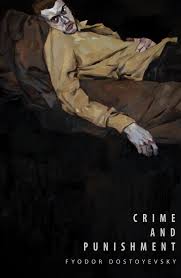 Watching Raskolnikov thrash around in self-induced delirium for a few hundred pages would make even a dying man grateful not to be that miserable. It might also put you to sleep, which is what you really want to be doing, anyway.
Watching Raskolnikov thrash around in self-induced delirium for a few hundred pages would make even a dying man grateful not to be that miserable. It might also put you to sleep, which is what you really want to be doing, anyway.
Happy November!
A Visit From My Sister
November 1, 2015
As many of you know, the major relics of St. Maria Goretti are currently on tour through the United States. Today–on All Saints’ Day, of all days–they are here in my hometown of Baton Rouge. The glass reliquary edged with gold holds a wax statue of the church’s youngest canonized saint. Inside the statue is her skeleton, minus her right arm, which was donated to the church in her birth town of Corinaldo, Italy that now bears her name, and some small flakes of bone that have been removed for placement in altars and for use in the church’s ministry. Such are the facts; you can read them on the tour’s website. What the website does not tell you is that inside that glass box lies the body of my sister.
By the laws of biology, I do not have any sisters, only one brother. He is as good a brother as anyone could ask for, but growing up, I could not help but feel that there was something missing from my life. When I saw other girls interacting with their sisters–even when they were fighting, as sisters often do–I could not help but feel lonely.
When I was sixteen and the time came to choose a saint as my patron for confirmation, a story that I had heard somewhere called out to me from the murky depths of half-remembered thoughts. A young girl who had chosen to be murdered rather than surrender her virginity… As a sixteen-year-old just getting my feet wet in the bewildering world of courtship, it was a story that spoke volumes to me. Here was someone who could guide me, someone neither too old nor too far removed by centuries to be relatable. I told what I remembered of the story to my priest and asked, “Do you know which saint that was?”
“Maria Goretti.”
“No, I don’t think that was it.” The name did not sound even slightly familiar. To this day, I cannot make her name connect to that first half-memory of her tale. Maybe whoever told it to me never said her name. Maybe whoever-it-was got her mixed up with someone else. Maybe it was Maria herself who whispered the story to me through my dreams. But eventually, after asking around and consistently receiving the same answer, I accepted that the story could only be connected to one person. Then I asked St. Maria Goretti not only to become my patron through confirmation; I asked her to become my sister.
On the day when the bishop laid his hands on my head and said, “Maria Goretti, receive the Holy Spirit,” the Spirit rushed upon me, and my sister held my hand. There are several moments missing from my memory of that day, not because I have forgotten them but because I did not witness them in any earthly sense. I never could remember walking back to my pew. Nor could I figure out how I had gotten there, because I could not feel my legs. The ability to consciously control my body seemed utterly gone. Yet my body did what it needed to do. No one but me ever noticed that I was not genuinely present in that church. Where I was, I cannot tell you because it was not a “where.” I was with the Spirit, and it was my sister who led me there.
Since that day, Maria Goretti has been as much a sister to me as if we had been born to the same parents. She never fails to answer my late-night “phone calls.” She hugs me both in sadness and in joy. She does not get mad at me when I am two or three days late to remember her feast day, as I usually am. She smiles tolerantly and shrugs. For many years, I used to wear her medal every day. I suspect that my thesis professor from my MFA still remembers me as The Girl with the Medal of St. Maria Goretti; he had never met anyone who wore such a token before. But I never did any research about my sister’s life beyond learning a few superficial facts. On the one hand, it felt unnecessary. Who researches her own sister? It did not feel like a proper way to get to know someone. On the other hand, I think I have always been afraid that what I would learn about the “real” Maria Goretti would not fit with my experience of the one I call my sister. I think I was afraid to discover that our friendship was all a product of my own imagination.
I finally faced that fear last night when I went to view her relics at Our Lady of Mercy Church. When I first arrived, I was indignant at the lights that seemed to turn the church into a stadium, an effect made worse by the din of chatter from the pilgrims and the table in the vestibule arrayed with “spiritual” wares for sale. I had not come to view some gaudy, theatrical show led by the dead on Halloween. I had come to visit my sister–or rather, she had come to visit me. But once Maria reminded me that the noise and lights and salesmanship were inevitable foibles common to every human crowd, I got in line and took my allotted fifteen seconds kneeling by her side. I forgot to bring a handkerchief: a stroke of idiocy, given my personal history with spiritual experiences. There is now a shirt in my laundry hamper that desperately needs to be washed. But I remembered to bring the medal, which I touched to the glass and then returned to its place around my neck. I slinked into a pew and, through my tears, began to pray my rosary. I made it only to the second joyful mystery, the Visitation–the greeting of one holy woman by another, her kinswoman–before the church bells tolled and a man stepped up to the ambo to lead the hourly Chaplet of Divine Mercy.
It is probably for the best that I forgot my handkerchief; otherwise, I might have sat in that pew and prayed all night. Instead, I finished the Chaplet, then crossed the street to the parish hall to find a bathroom and a paper towel. The parish hall was also the temporary home of the St. Maria Goretti Museum, where I sat down and (finally) learned more about her life from a film.
Everything I have discovered about St. Maria Goretti through our mutual prayers is true. The historical figure I met at the museum was no one else but the sister I have loved for twenty years. On the drive home, I was continually tempted to try to find some moral in her coming, something that she was calling me to change. Continually, she stopped me. “I came because I love you,” she said. “What other reason do I need?”
Maria Goretti’s relics will be gone from Baton Rouge by the time you read this. Just as any relative from out of town comes to see all those she loves, Maria has a special kiss to bestow on all the thousands who are flocking to her relics’ tour. I know she must move on to see her other brothers and sisters, too. But I also know that someday it will be my turn to go to her, to finally meet my sister face to face in the place that we will both call home. Until then, she will always be here to hold my hand and lead me toward the Spirit.
Let her do the same for you.
Karen Ullo is the author of Jennifer the Damned, now available from Wiseblood Books. To find out more, go to www.karenullo.com.
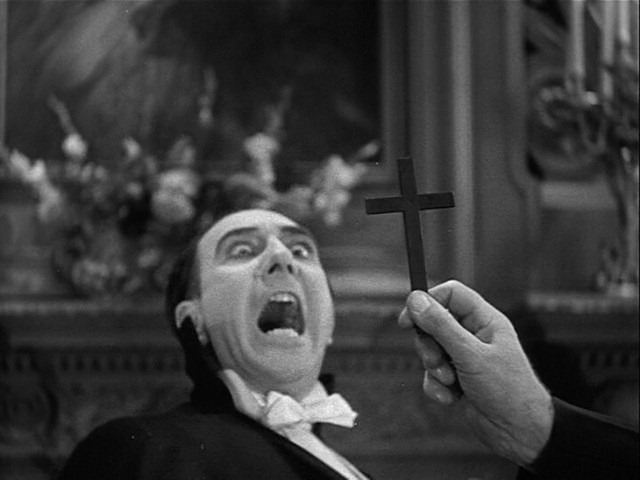
The Catholicity of Monsters
This post originally appeared at Dappled Things.
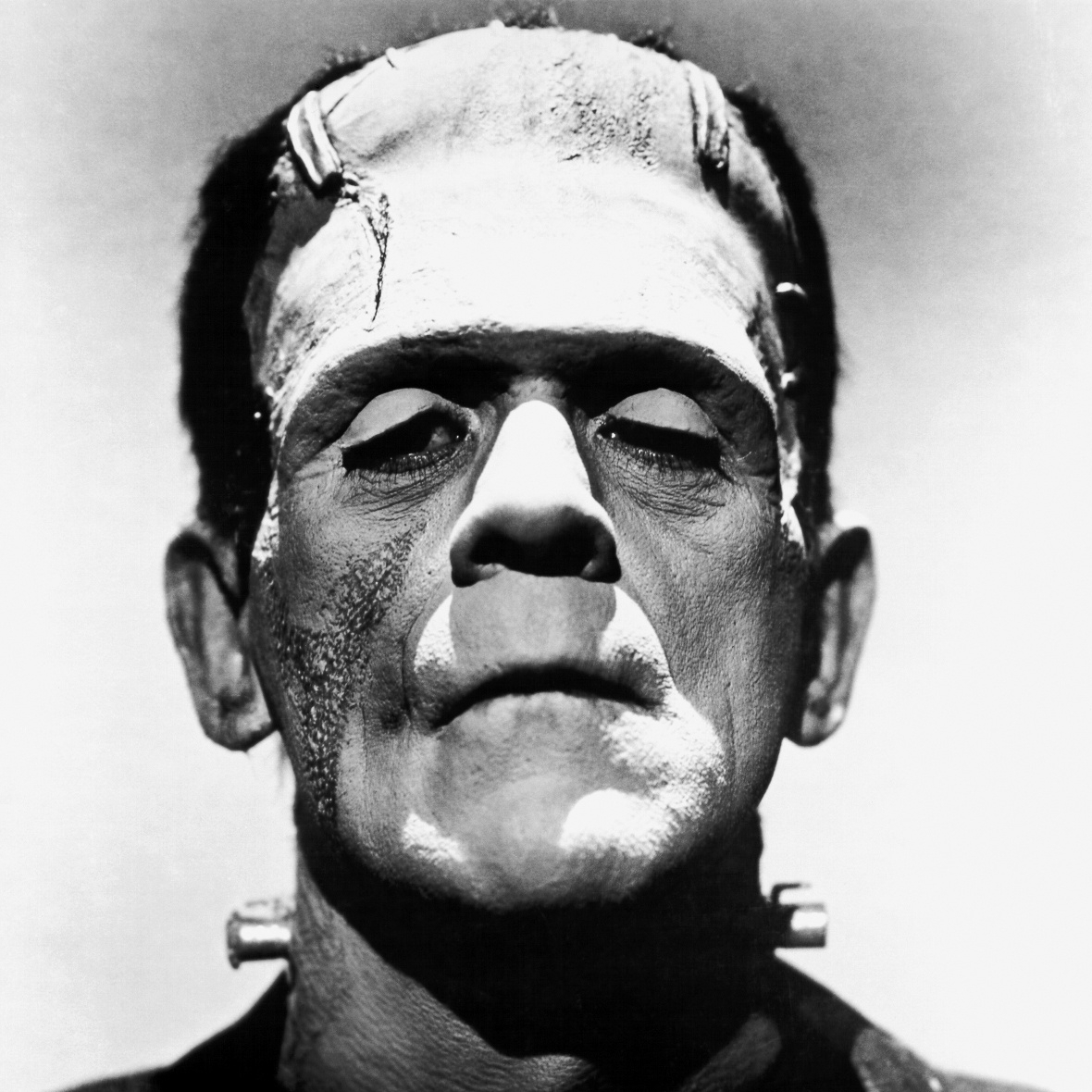 Exactly two years ago, I was honored to inaugurate the Deep Down Things blog with a post about why I love Halloween. I suppose it is only fitting, then, that my debut novel, Jennifer the Damned (which is about vampires), will be released this year on Halloween. The Eve of All Hallows and I seem destined to be intertwined–though not forever, I hope. I hope that the day of ghouls and goblins is only preparation for the Communion of All Saints. Yet if I ever do enter the heavenly kingdom, I truly will have come there by a road booby-trapped with monsters. In my everyday life, I pray this will remain only a metaphor; that I shall face the monsters of my sins and, by the grace of God, no others. But in my literary life, it was only by way of monsters that I came to understand the power of fiction to shape our souls. “[T]rue art is moral: it seeks to improve life, not debase it. It seeks to hold off, at least for a while, the twilight of the gods and us.”[i] I learned this principle intuitively long before I ever heard it stated, and one perhaps surprising source of my insight was the great tales of Gothic horror written in the nineteenth century. Long before I had ever heard of writers like G.K. Chesterton, Flannery O’Connor, or even Dante, my feet had been set firmly on the path toward weaving my most deeply-held beliefs into fiction by tales that teemed with other-worldly gore. I have never had much interest in zombies, or giant man-eating creatures from the deep. I have always preferred the sentient, rational, and emotional monsters, the ones who are almost (but not quite) human. These are the monsters in whom many great writers found a vehicle to create fiction that is not merely moral, but Catholic in both senses of the word: stories that explore the universal human condition and also great Christian themes.
Exactly two years ago, I was honored to inaugurate the Deep Down Things blog with a post about why I love Halloween. I suppose it is only fitting, then, that my debut novel, Jennifer the Damned (which is about vampires), will be released this year on Halloween. The Eve of All Hallows and I seem destined to be intertwined–though not forever, I hope. I hope that the day of ghouls and goblins is only preparation for the Communion of All Saints. Yet if I ever do enter the heavenly kingdom, I truly will have come there by a road booby-trapped with monsters. In my everyday life, I pray this will remain only a metaphor; that I shall face the monsters of my sins and, by the grace of God, no others. But in my literary life, it was only by way of monsters that I came to understand the power of fiction to shape our souls. “[T]rue art is moral: it seeks to improve life, not debase it. It seeks to hold off, at least for a while, the twilight of the gods and us.”[i] I learned this principle intuitively long before I ever heard it stated, and one perhaps surprising source of my insight was the great tales of Gothic horror written in the nineteenth century. Long before I had ever heard of writers like G.K. Chesterton, Flannery O’Connor, or even Dante, my feet had been set firmly on the path toward weaving my most deeply-held beliefs into fiction by tales that teemed with other-worldly gore. I have never had much interest in zombies, or giant man-eating creatures from the deep. I have always preferred the sentient, rational, and emotional monsters, the ones who are almost (but not quite) human. These are the monsters in whom many great writers found a vehicle to create fiction that is not merely moral, but Catholic in both senses of the word: stories that explore the universal human condition and also great Christian themes.
Mary Shelley was the first to introduce me to the literary power of the monster. It is impossible to read Frankenstein as anything but a cautionary moral tale, although plenty of critics have tried. Shelley herself says in the Preface, “I am by no means indifferent to the manner in which whatever moral tendencies exist in the sentiments of the characters shall affect the reader… [especially] the exhibition of the amiableness of domestic affection, and the excellence of universal virtue.” Victor Frankenstein is even more explicit about the didactic intention of his story; he only agrees to tell it so that Robert Walton “may deduce an apt moral from my tale.” Frankenstein is pure parable. For Victor, it is a tale of the horror that results when man attempts to play the role of God; but, for the Monster, it is a tale about nothing more nor less than the Fall, of a creature’s complete dependence upon the love of his creator and the disaster that accompanies any breach of that love. He even says so:
Like Adam, I was apparently united by no link to any other being in existence; but his state was far different from mine in every other respect. He had come forth from the hands of God a perfect creature, happy and prosperous, guarded by the especial care of his Creator; he was allowed to converse with, and acquire knowledge from, beings of a superior nature: but I was wretched, helpless, and alone. Many times I considered Satan as the fitter emblem of my condition; for often, like him, when I viewed the bliss of my protectors, the bitter gall of envy rose within me.
For the Monster (as for Man), sin is inspired by his separation from ultimate goodness. However, as a creature made by man, ultimate goodness for the Monster resides in man’s love and acceptance–that is, in communion with man. Alas, man’s goodness is not good enough to sustain him. The Monster’s story is a glimpse of what would become of us all if our Creator were not infinitely merciful. The Monster’s fate is our fate but for the “especial care” of the One who made us. We are lucky, the Monster tells us; we have a better god than Victor Frankenstein.
What Mary Shelley began to teach me in Frankenstein, Victor Hugo continued in The Hunchback of Notre Dame. My heart weeps every time I remember that Victor Hugo died as an apostate and a vehement anti-Catholic. But the Hugo of 1831–the Hugo of Notre-Dame–had not yet begun dabbling in séances and writing anti-clerical invectives. The Hugo who wrote Notre-Dame may not have been devout, but he made the church (not the hunchback) the title character of his novel, Notre-Dame de Paris. This young Hugo saw that in the Church, monsters and beautiful maidens alike can find sanctuary.
 The lessons of Notre-Dame de Paris are not nearly as cut-and-dried as those of Frankenstein (though plenty of people will argue that Frankenstein’s are not as cut-and-dried as I see them.) Notre-Dame is a more complicated novel, with many more characters and plot lines. For now, I will consider only the implications of the monster and his story. Quasimodo is terribly deformed, crippled by various handicaps yet endowed with prodigious strength, and his mysterious birth is surrounded by stories of changelings and devils. But Hugo never quite commits to the theory of the hunchback as a supernatural monster. Quasimodo remains ostensibly human, and as such his status vis-à-vis things divine is no different from our own. (“My misfortune is that I still resemble a man too much. I should like to be wholly a beast like that goat.”) Rather, Quasimodo is the consummate outcast, a representation of all the poor and orphaned, the lowly whom Christ called his followers to serve. The Christians of Paris do not heed the call, but Notre-Dame–the Church herself–does. Left alone in the succor of the Church’s bosom, Quasimodo becomes deaf, literally, to the scorn of the world. Nothing remains for him but the joy of his personal heaven:
The lessons of Notre-Dame de Paris are not nearly as cut-and-dried as those of Frankenstein (though plenty of people will argue that Frankenstein’s are not as cut-and-dried as I see them.) Notre-Dame is a more complicated novel, with many more characters and plot lines. For now, I will consider only the implications of the monster and his story. Quasimodo is terribly deformed, crippled by various handicaps yet endowed with prodigious strength, and his mysterious birth is surrounded by stories of changelings and devils. But Hugo never quite commits to the theory of the hunchback as a supernatural monster. Quasimodo remains ostensibly human, and as such his status vis-à-vis things divine is no different from our own. (“My misfortune is that I still resemble a man too much. I should like to be wholly a beast like that goat.”) Rather, Quasimodo is the consummate outcast, a representation of all the poor and orphaned, the lowly whom Christ called his followers to serve. The Christians of Paris do not heed the call, but Notre-Dame–the Church herself–does. Left alone in the succor of the Church’s bosom, Quasimodo becomes deaf, literally, to the scorn of the world. Nothing remains for him but the joy of his personal heaven:
His cathedral was enough for him. It was peopled with marble figures of kings, saints and bishops who at least did not laugh in his face and looked at him with only tranquility and benevolence. The other statues, those of monsters and demons, had no hatred for him – he resembled them too closely for that. It was rather the rest of mankind that they jeered at. The saints were his friends and blessed him; the monsters were his friends and kept watch over him. He would sometimes spend whole hours crouched before one of the statues in solitary conversation with it. If anyone came upon him then he would run away like a lover surprised during a serenade.
Of course, for Quasimodo, the sanctuary of the church proves to be temporal and fleeting. Claude Frollo, the priest, a man whose duty is to act in persona Christi, betrays it. Just as in Frankenstein, a human usurps divine power for his own selfish ends and thereby rends from himself and everyone around him every possibility of happiness. Notre-Dame de Paris is a book where the priest’s corruption runs so deep, it pollutes even the healing power of the Church–a sobering reflection that still resonates in our own day. But Notre-Dame is also a book where we discover that the outcast can be the most righteous person among us. Quasimodo’s sheltering of Esmeralda inside the cathedral is virtually the only action in the entire book that is not motivated by selfishness. Quasimodo proves that sometimes, only the deaf man still knows how to listen to the pealing bells of conscience.
These books of ghastly horror, one written by the daughter and wife of avowed atheists whose own convictions no one seems to know, and the other written by a soon-to-be ex-Catholic, were among the first books ever to teach me that fiction could be the laboratory of the soul, the place where we experiment in order to learn about sin and death, righteousness and salvation.
Bram Stoker may have been baptized in the Church of Ireland, but he respected the specifically Catholic character of the enmity between vampires and humans. The Catholic Dr. Van Helsing serves as the spiritual guide for the novel’s band of vampire-hunting heroes. At every step, he proves the potency of his own Church’s teachings while his Protestant brethren blithely follow. (I have always found it strange that Johnathan, Dr. Seward, et. al. feel no impulse to convert after witnessing the miracles performed by the consecrated Host.) There is no monster more specifically tied to the Holy Roman Church than the vampire. Quite apart from the fact that the weapons used to ward off vampires usually have Catholic associations–crucifixes, holy water, and most importantly the Host–the very nature of the vampire marks him as “engaging in an anti-sacrifice and an Anti-Eucharist[.]”[ii] Vampires do what Catholics do: they drink blood in order to achieve eternal life. “Dracula is the Apocalyptic Anti-Christ who comes to collect souls and set up an alternative eternity to that promised in the New Testament.”[iii]
It is only logical, then, that Dracula is ultimately vanquished only because the most saintly character in the novel, Mina Harker, takes on his corrupted nature. Mina is not quite a Christ-figure because Christ willingly assumed the form of a slave; Mina is forced into doing so. Dracula forces her to drink his blood, thus binding her to himself with evil mystic power. But as soon as Mina realizes that the bond is a two-way street, granting her (limited) access to see through Dracula’s eyes, she gives herself over to the role of intermediary between the righteous and the damned, and she shifts the focus of the hunters from saving Dracula’s victims to saving Dracula himself:
I know that you must fight–that you must destroy… but it is not a work of hate. That poor soul who has wrought all this misery is the saddest case of all. Just think what will be his joy when he too is destroyed in his worser part that his better part may have spiritual immortality.
Even Dracula, a centuries-old undead demon who has stolen uncounted lives, must not be destroyed in his entirety but only in his “worser part.” Even Dracula must be pitied; even Dracula must be saved.
It really should not come as a surprise that stories about monsters can be rich with Christian meaning. There is only one story that matters in Christianity: Adam’s first sin leads to humanity’s demise, but Jesus comes to save us through His death and resurrection. It is a blood-soaked tale that features more than its fair share of monstrosity. And there is this: as ridiculous and devoid of metaphysical meaning as most modern horror stories may be, horror remains the one genre in our “post-Christian” society where it is not laughable to call upon Christ and the Church in one’s hour of need. When the monsters come, no one flees to the protection of the local non-denominational minister. When the monsters come, our society still knows that only the fullness of Truth entrusted to the Bride of Christ can challenge them. Our job as Catholics is not to convince the world that such hocus-pocus is beneath us. Our job is to convince them that the monsters are real. The monsters live inside each and every one of us: malformed, lonely, hopeless, vengeful monsters with their fangs latched deep into our hearts. Once we recognize them for what they really are, we know, deep in our bones, that it is only Christ crucified who can drive them out.
[i] John Gardner, On Moral Fiction
[ii] Eleanor Bourg Donlon, Cinemanemia or Revenge of the Bloodsucked
[iii] E.B.D., Cinemanemia
Karen Ullo is the author of Jennifer the Damned, to be released on Halloween, 2015 by Wiseblood Books. To find out more, go to www.karenullo.com.
The Beach As Muse
Writers always tend to believe their best writing happens in paradise. Whether it’s a mountain chalet, a cabin in the desert, or a condo overlooking a stretch of glowing white sand, we all love to dream about the “Writer’s Retreat.” Peace. Quiet. Writing. Aah!
Well, maybe it’s just me, but I’m sitting with my laptop on a balcony looking over a blue-green ocean right now, and I can barely make myself even open the file of my work-in-progress. Because a work-in-progress is exactly that: work. Yes, I love to write. No, I couldn’t really stop myself from telling stories even if I tried. But a beach is God’s reminder that even He rested on the seventh day. And I suspect there may have been a divine daiquiri involved.
Karen Ullo is the author of Jennifer the Damned, to be released on Halloween, 2015 by Wiseblood Books. To find out more, go to www.karenullo.com.

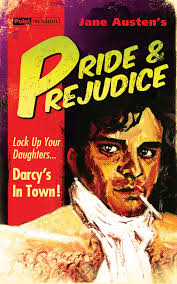

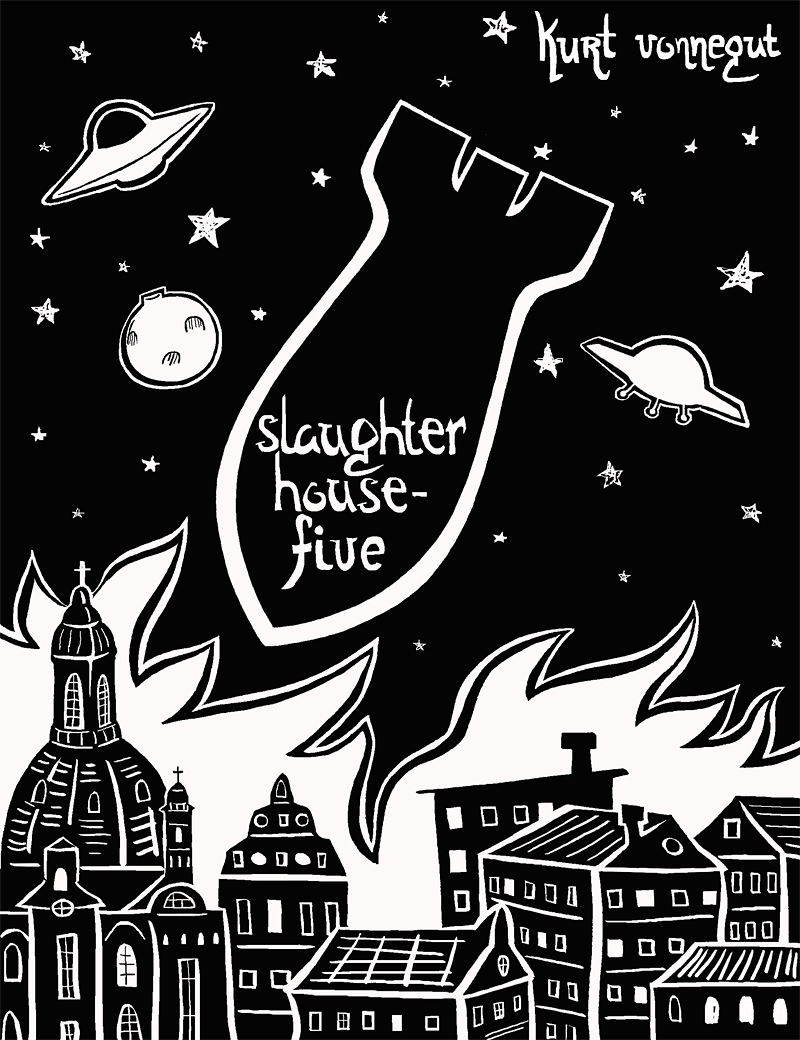

![Spanish Dracula Repelled by Crucifix[5]](https://karenullo.com/wp-content/uploads/2015/10/spanish-dracula-repelled-by-crucifix5.jpg?w=300)

Recent Comments